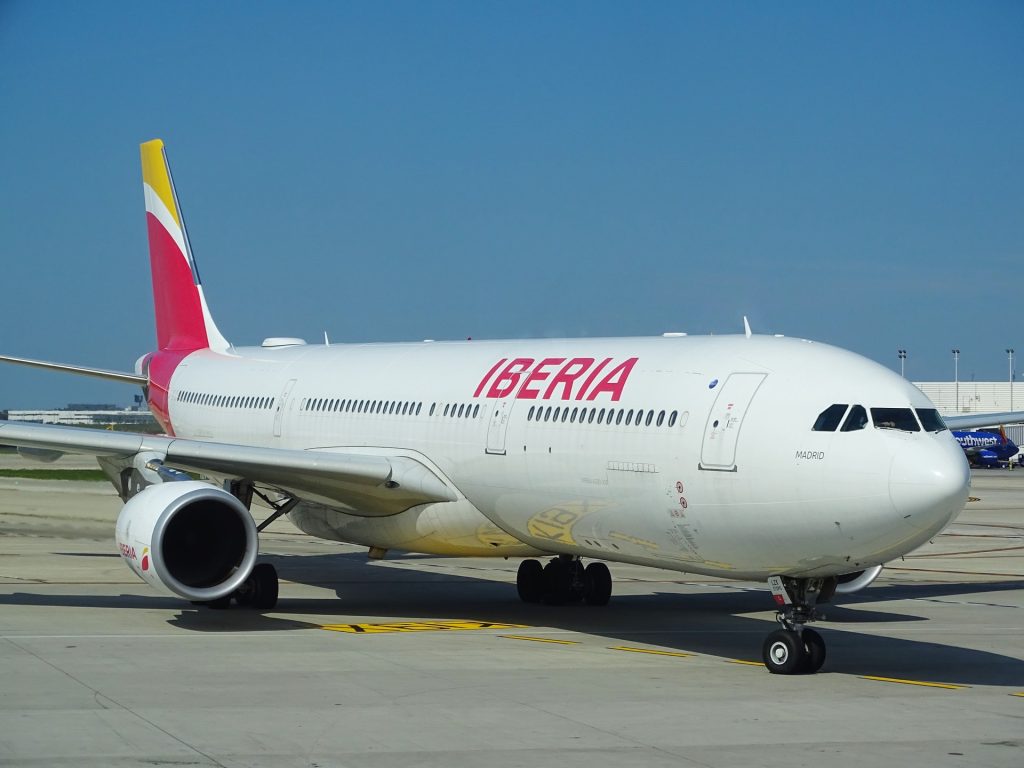Investment in clean energy technologies, especially solar power, is significantly outpacing spending on fossil fuels, according to a new International Energy Agency (IEA) report.
1. Solar power
Led by solar power, low-emissions electricity technologies are expected to account for almost 90% of investment in power generation.
“For every dollar invested in fossil fuels, about 1.7 dollars are now going into clean energy. Five years ago, this ratio was one-to-one. One shining example is investment in solar, which is set to overtake the amount of investment going into oil production for the first time,” said IEA Executive Director Fatih Birol.
IEA’s report also suggests that consumers are investing in more electrified end-uses, noting that global heat pump sales have seen double-digit annual growth since 2021. As for electric vehicle sales, these are expected to leap by a third this year after already surging in 2022.
Clean energy is moving fast – faster than many people realise. This is clear in the investment trends, where clean technologies are pulling away from fossil fuels.
Fatih Birol, IEA Executive Director

2. Global investment
Financial forecasts by IEA’s latest World Energy Investment report estimates that about 2.8 trillion dollars are set to be invested globally in energy in 2023, of which more than 1.7 trillion dollars are expected to go to clean technologies – including renewables, electric vehicles, nuclear power, grids, storage, low-emissions fuels, efficiency improvements and heat pumps.
Annual clean energy investment is expected to rise by 24% between 2021 and 2023, IEA said, driven by renewables and electric vehicles, compared with a 15% rise in fossil fuel investment over the same period.
“If these clean energy investments continue to grow in line with what we have seen in the past few years … we will soon start to see a very different energy system emerging and we can keep the 1.5C goal alive,” Birol told the Financial Times, in reference to the Paris Agreement target to limit the global temperature rise.
The surge in investments is associated to various factors, including periods of strong economic growth and volatile fossil fuel prices that raised concerns about energy security, especially following Russia’s invasion of Ukraine, IEA noted. Moreover, financial incentives coming from different countries like the US Inflation Reduction Act and initiatives in Europe, Japan, China and elsewhere have also played a role in boosting investment.

3. Shortfalls
The biggest shortfalls in clean energy investment remain in emerging and developing economies. While the IEA identified some bright spots, in India, Brazil and parts of the Middle East, it notes that investment in many countries is being held back due to higher interest rates, unclear policy frameworks and market designs, weak grid infrastructure, financially strained utilities, and a high cost of capital.
“Much more needs to be done by the international community, especially to drive investment in lower-income economies, where the private sector has been reluctant to venture,” stated the IEA.













